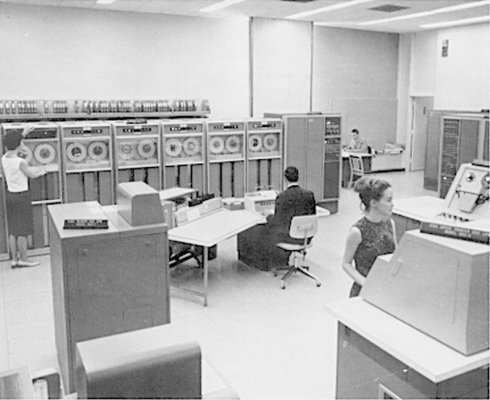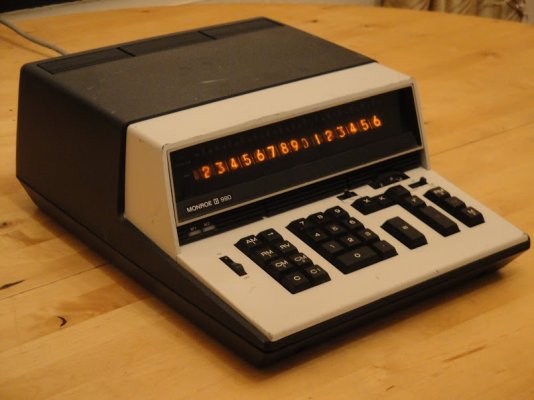 from a non conformist geezer...
from a non conformist geezer...Knowing that using a Password Keeper is the right thing to do, a few bitter words for the people who standardized the computer language with the term
"username"
Over many years, I have signed on to literally hundreds, maybe even a thousand or more websites which require a username and a password to allow entry. For the most part, my browser remembers, but not all cases, so when I go to the site it will ask for my username...
So here's the
Who screwed this up? Where was the internet police when this was allowed to happen?
Yeah... I know!!!!

Last edited:



